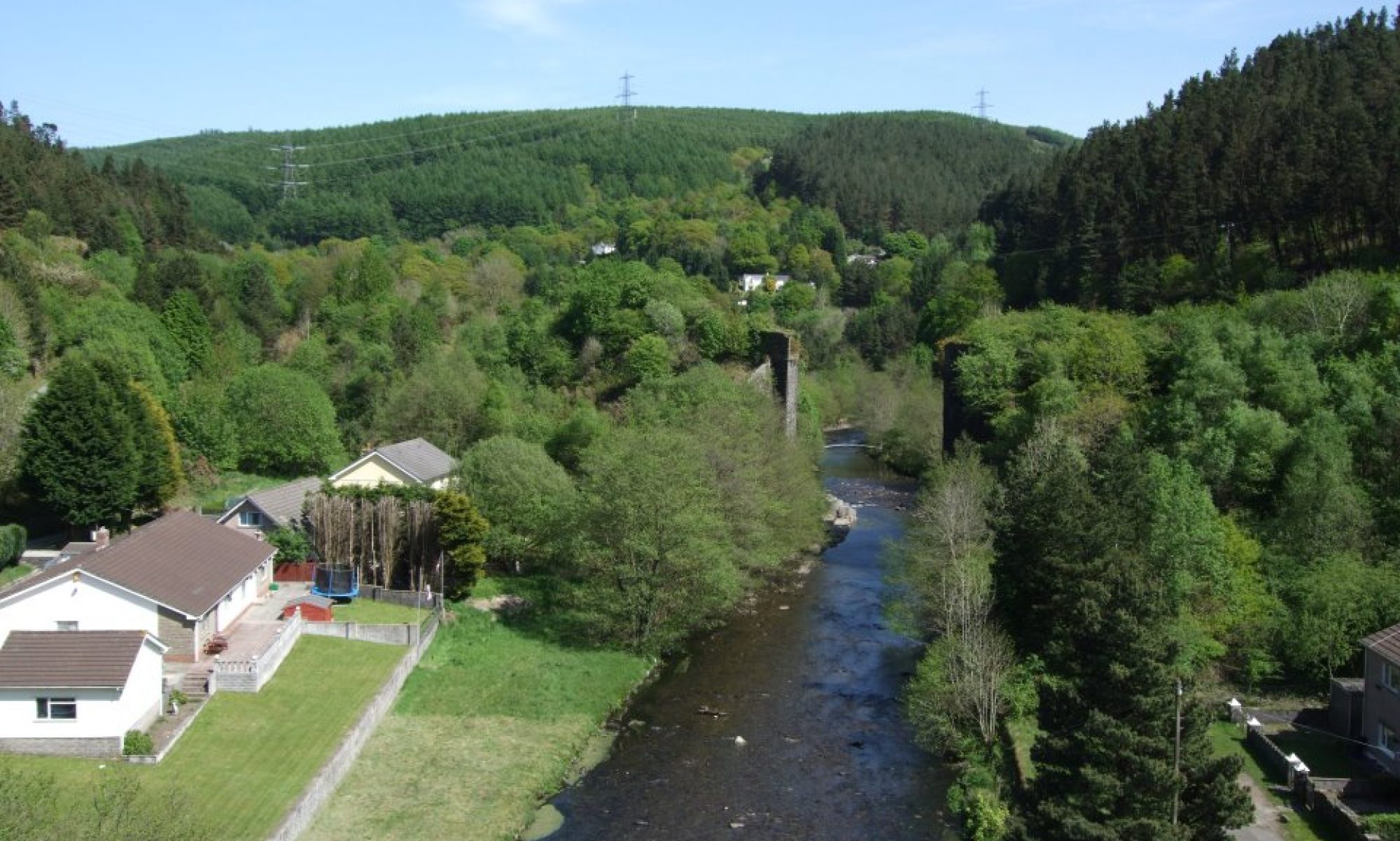Foods and related items below are not unique to the Afan Valley; Most are shared throughout Wales, and some with other parts of the UK. They’re mentioned here because they were things I enjoyed growing up, and the origins of some of them date back from years to several centuries.
Being surrounded on 3 sides by water, seafood has played a big part in the diet of Welsh folks. Frugality also played a big part in the choice of foods and ingredients.
Laverbread and cockles (bara lawr a chocos)
Actor Richard Burton reportedly called laverbread “Welshman’s caviar”.
Laverbread is an edible seaweed harvested in the Loughor Estuary, boiled and finely chopped or pureed in a processing plant. Oatmeal is sometimes added to the finished product. To serve, it is usually heated in a frying pan, and eaten with cockles and bacon.
In addition to “fresh” laverbread, it can be purchased in cans by those of us not resident in Wales. It’s not as good as the fresh stuff, but it helps feed a desire.
Cockles are a marine bivalve mullusc, harvested near Penclawdd, a village overlooking the Loughor Estuary, and cooked briefly to separate the meat from the shell. The Penclawdd cockle industry dates back to Roman times.
When I was growing up, the “Cockle Women of Penclawdd” used to come to the doors of homes in the Afan Valley, carrying large baskets of laverbread and cockles for sale. Nowadays, they can be purchased at local markets and supermarkets.
Personally, I like white pepper on laverbread and malt vinegar on cockles.


Fish and chips
Popular throughout the UK, and very much so in the Welsh valleys. Prior to the fishery being decimated, the fish was usually cod from the North Sea. Subsequently, the fish was occasionally haddock or dogfish, and later cod was re-introduced. The fish was dipped in beer batter and deep fried.
The chips are thick-sliced potato deep fried.
Fish and chips are usually served with salt and malt vinegar, either added by the chippy or added by the consumer.
Throughout the UK, fish and chips are sold “fresh” at fish & chip shops, or “chippies”.
Traditionally, fish & chips were wrapped in grease-proof paper, and then wrapped in old newspaper. The newspaper acted as insulation to keep the food hot.
Chippies usually served additional deep-fried foods such as Rissoles and Fishcakes, and baked foods such as pasties and meat pies.
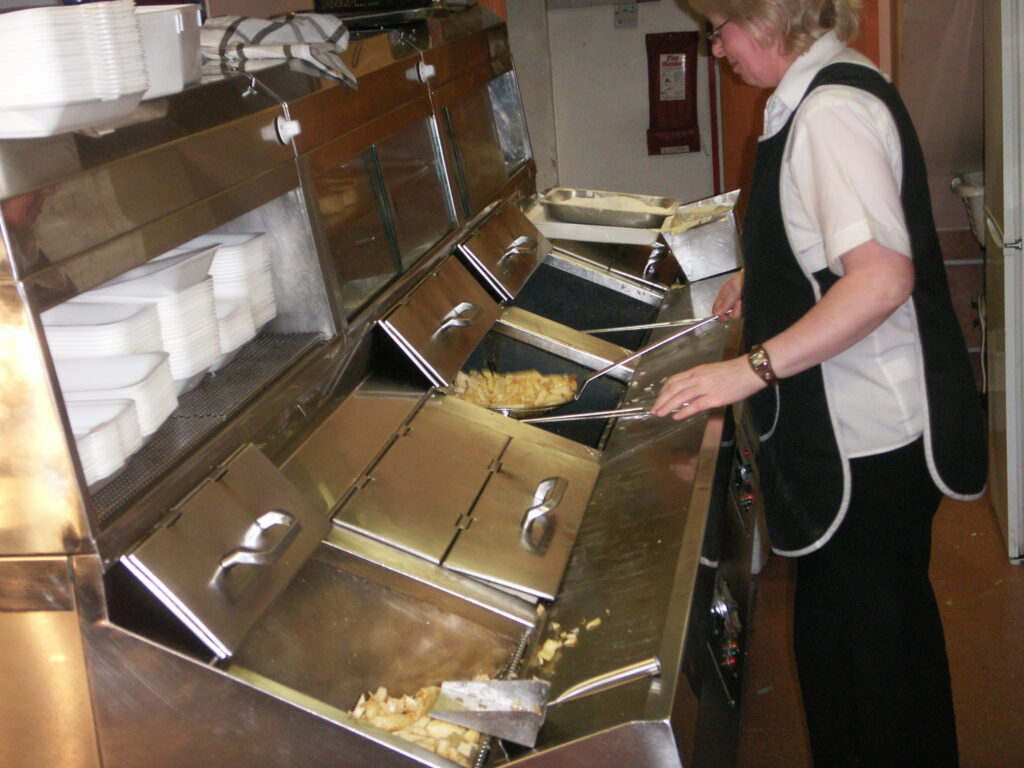
Rissoles
Larger than a ping pong ball and smaller than a tennis ball, rissoles were made from shredded meat mashed up with potato, herbs, and onion. They were coated in breadcrumbs before being put in the deep fryer.
Fishcakes
Consisting of filleted fish or other seafood minced or ground, mixed with a starchy ingredient, covered with breadcrumbs, and fried until golden.
Pasties
The pasty was thought to have originated as a way for miners to contain their lunch, and an easy way to eat it underground. Consisting of an outer pastry folded in half, and containing simply meat and potato. The folded pasty is baked at the Chippy, and may be eaten ‘cold’, or reheated later. Some folks enjoy eating ‘pasty and chips’.
For clarification, Cornish pasties are quite different from traditional Welsh/English pasties, both in shape and content.
Mussels
Mussels have reportedly been eaten by humans for several thousand years. They can be harvested around the UK coast, including Carmarthen Bay. More recently, mussel farms have popped up around the UK. The mussels are steamed for eating, which also opens the shell to access the meat.
One caveat – before preparing a mussel for cooking and eating, the byssus (the mussel’s ‘beard’, used to attach itself to rocks and other surfaces), should be pulled out with a sharp tug, and discarded.
Sewin
Salmo trutta (aka sewin) is a migratory sea trout found in the rivers and estuaries of Wales. As with other species of trout, preparation involves removing the head, tail and fins, slicing open the stomach to empty & clean the digestive track. Then fry in a pan butterfly style.
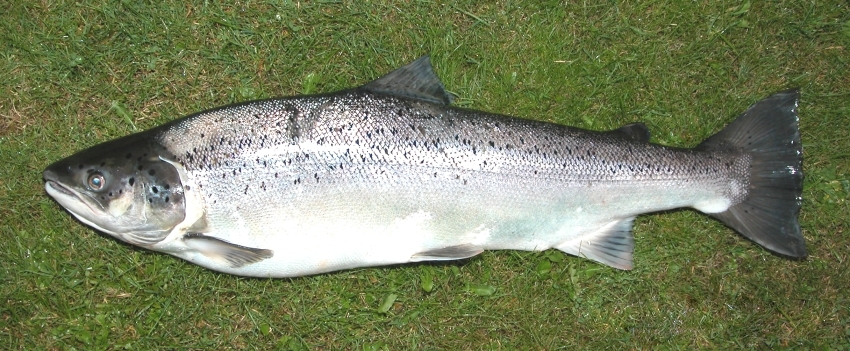
Cawl
A frugal soup, dating to the 14th century. Considered wholesome, it is traditionally made from an inexpensive cut of lamb with vegetables, such as carrots, parsnips, suede, potatoes, and leeks, stewed slowly to enrich the soup with nutrients from the meat, bones and cartilage.
Cawl recipes abound on the internet (13)
Welshcakes
Popular since the 19th century, Welshcakes (aka bakestones or pics) were made from flour, butter or lard, currants, eggs, milk, and spices such as cinnamon and nutmeg. They were cooked on a bakestone (“maen”) or a cast-iron griddle.
They were sometimes dusted with caster sugar, and eaten hot off the griddle or eaten cold, depending on whether one had the patience to wait for them to cool.
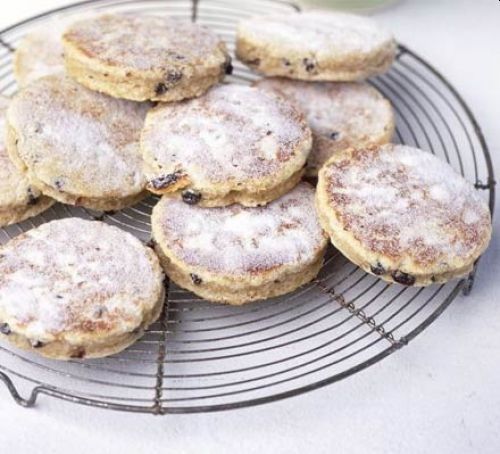
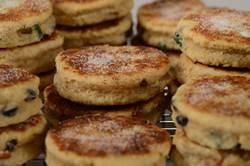
Wimberries
Small wild berries that grew on the hillsides around the Afan Valley. They could be picked at will, or wait for a local to come to the door and offer to sell them by the pint. My favourite was when baked in a ‘wimberry tart’.

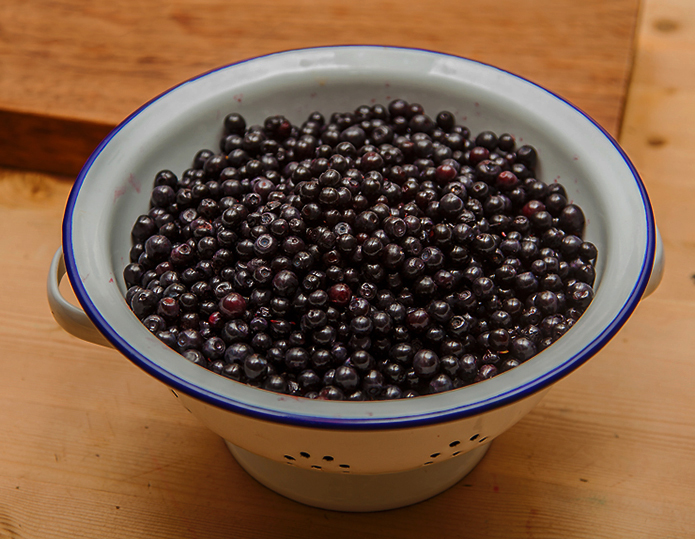
Pancake Day
Shrove Tuesday, this is the day that Brits traditionally ate pancakes. These are different from the fluffy ones served daily on many American breakfast tables. Lemon sprinkled on UK pancakes adds flavour, and is far better than the syrup that’s poured on fluffy US pancakes.
Sioni Winwns (Onion Johnnies)
A Welsh term for onion farmers from the coast of Brittany, France. Beginning in the 19th century, they crossed the channel by ferry, and rode their bicycles around the villages of Wales selling their onions.
As the early onion farmers were all Breton-speakers, Wales was a favoured destination. Breton is a Brythonic language related to Welsh and Cornish, and the farmers would have found Welsh is a far easier language to learn than English.
The farmers who regularly visited Wales in the nineteenth century became known as Sioni Winwns in Welsh, and subsequently as Onion Johnnies in English.


Pickled Onions
Onions pickled in malt vinegar, possibly with salt and spices. They are eaten alongside (cold) pork pies or sandwiches, or eaten singly right out of the jar.
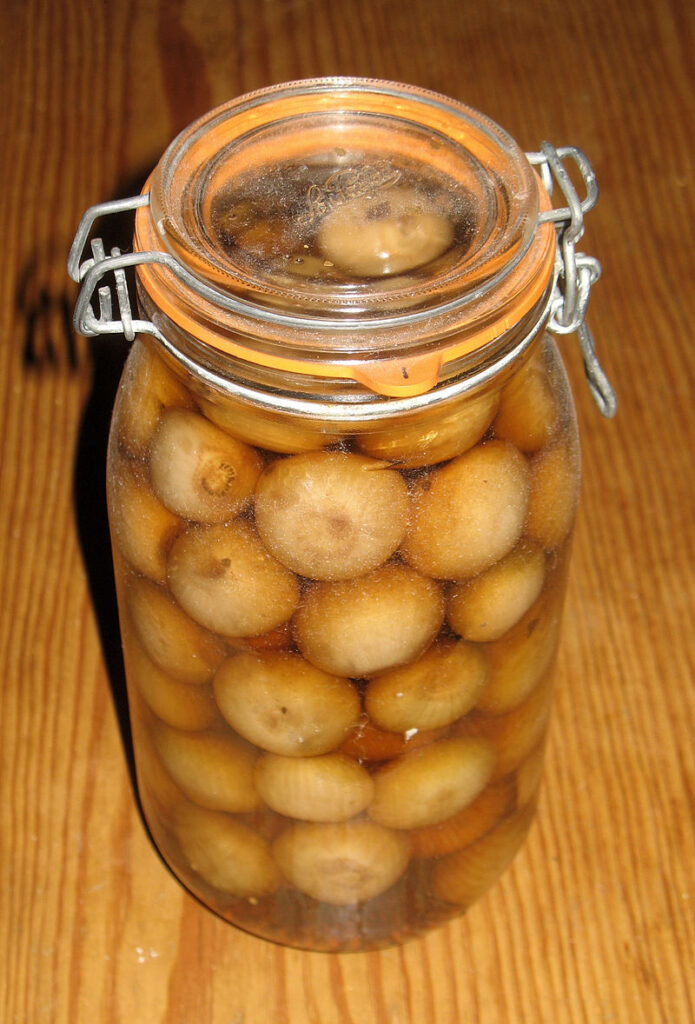
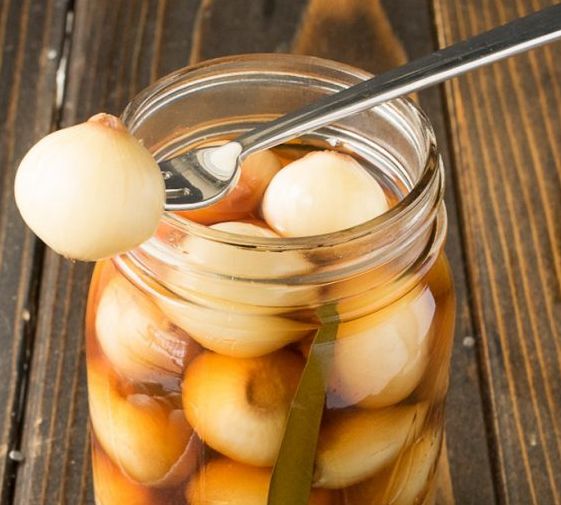
Bara brith
Speckled bread – a fruitloaf made by mixing flour, yeast (if not using self-raising flour), butter, mixed dried fruit (raisins, currants and sultanas), mixed spices and an egg. The dried fruit is sometimes soaked in tea overnight prior to baking.
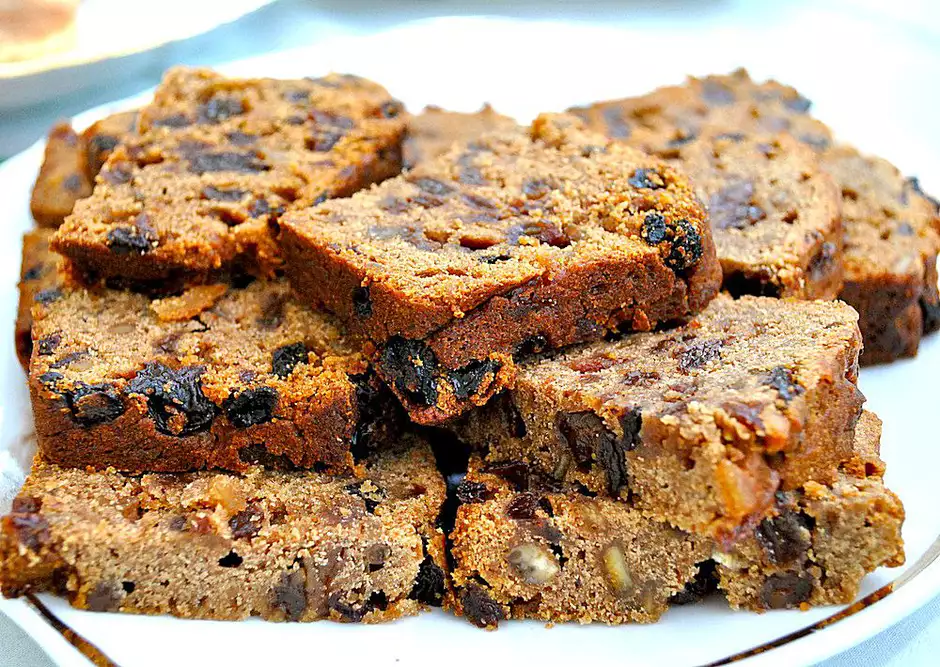
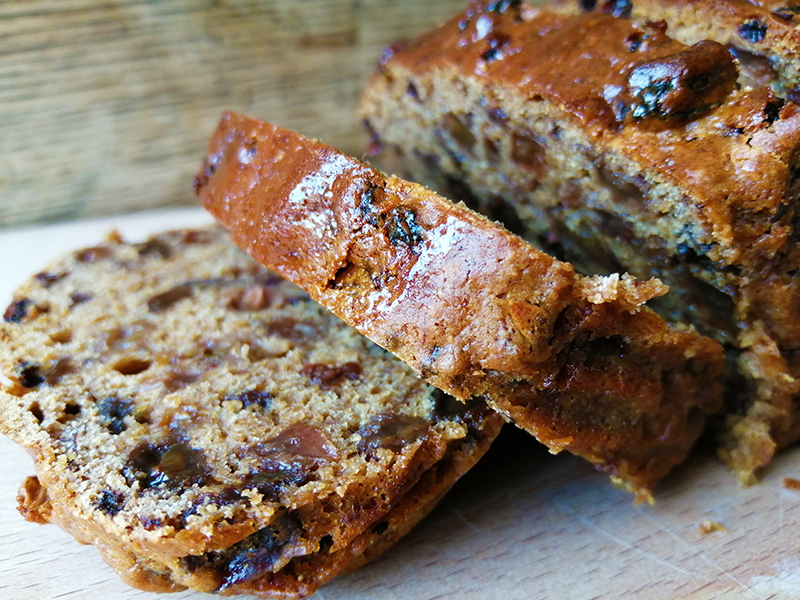
Welsh lamb
Wales has a high density of sheep population.
Welsh lamb is recognised worldwide, with a good colour and sweet succulent flavour. The unique qualities associated with Welsh Lamb are the result of many years of traditional husbandry methods, generations of breeding expertise, and an abundance of natural grazing.
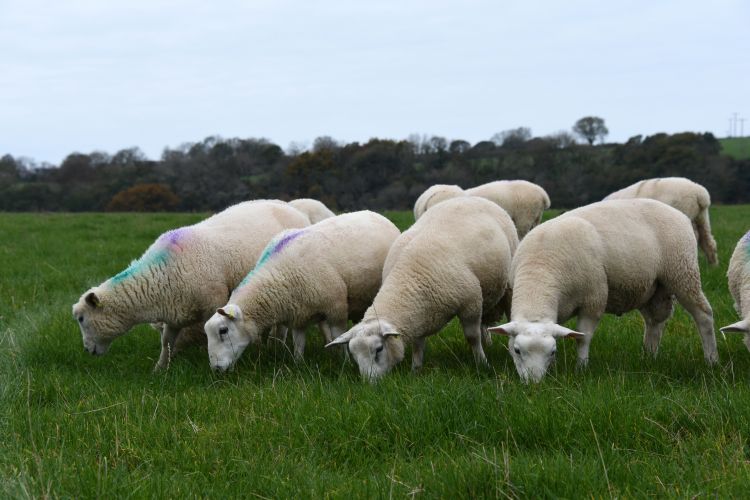
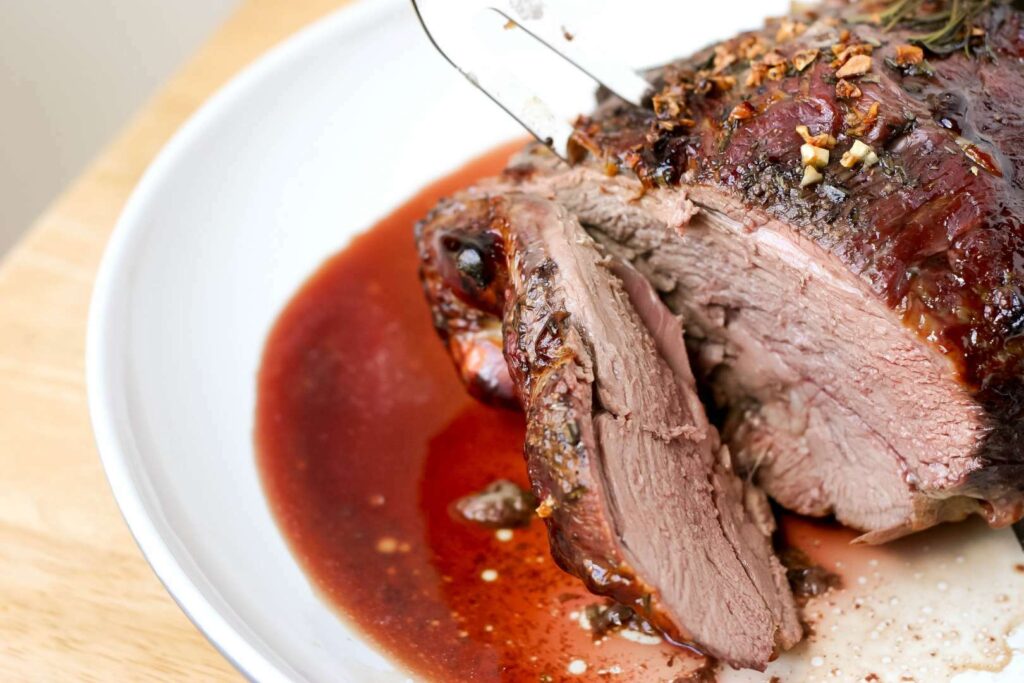
Mint Sauce
Mint is a small leafy plant that has reportedly been around since Roman times, although originally used for medicinal and digestive purposes. Mint sauce is poured over lamb, and my simple family recipe is:
Take several fresh common garden mint leaves and finely chop. Add the chopped leaves to 1/4 cup of boiling water containing dissolved sugar. (I add the sugar to the leaves before chopping). Add several teaspoons of malt vinegar. If necessary, add salt to taste. Serve in a small ‘gravy boat ‘ to facilitate pouring over the lamb.
Alternatively, mint sauce can be purchased at supermarkets, alongside malt vinegar.

Leeks
A member of the onion family, leeks have a long cylinder of bundled leaf sheaths. They are eaten raw (above the root and below the leaves), or included in various cooking recipes.
The leek is the national emblem of Wales, dating back to the story of Saint David in the 6th century. When in school, we used to wear a leek on our lapel on Saint David’s Day (March 1st). Annually on this date, Welsh Guards ceremoniously line up and eat raw leeks.

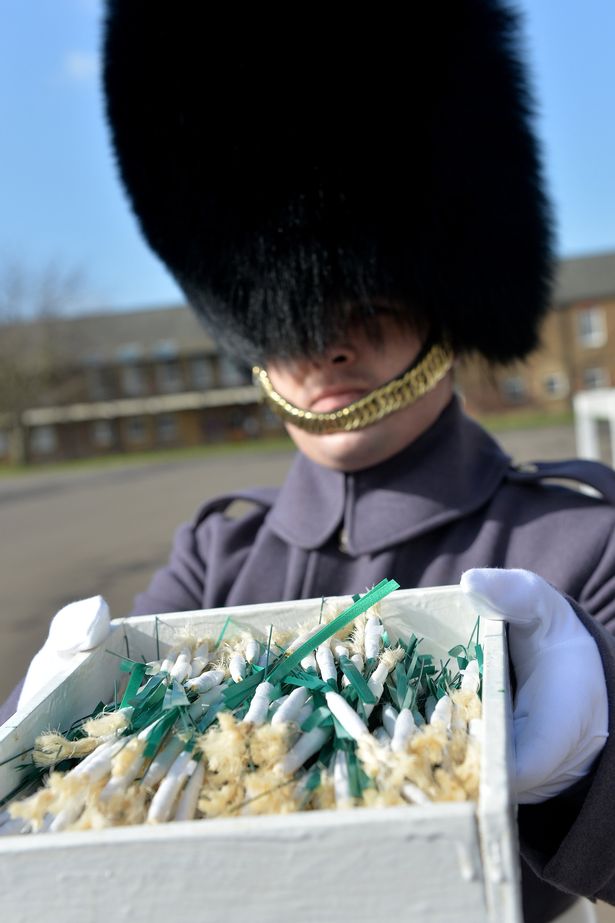
Faggots and peas
Faggots are shaped like meatballs, and made from minced off-cuts and offal, (traditionally pig’s heart, liver, and fatty belly meat or bacon), together with herbs for flavouring and sometimes added bread crumbs. They can be purchased at a butcher’s shop, or occasionally a homeowner would make them in their kitchen for sale over the garden fence. Usually eaten hot with peas and either mashed potato or chips, and smothered with gravy. Convenient ‘eat-in’ locations for Faggots and peas include small diners in local markets.

Black Pudding
The name is said to have morphed from ‘blood sausage’ to ‘blood pudding’ to ‘black pudding’ over the centuries. The oldest recipe is believed to be from Roman times, around the 4th century. Current recipes vary, but the prime ingredient is dried pig’s blood. Depending on recipe, other ingredients can include pork back fat, onion, oats, and barley. Seasonings include black pepper, mace, coriander and salt.
Black pudding is often eaten as part of a fried breakfast with sausage, eggs and bacon.
Shepherd’s Pie
The origin of Shepherd’s pie is unclear, but it appears to have been introduced to the UK in the 13th century. It is composed of ground lamb or ground beef cooked in gravy, often with vegetables such as peas, onions, carrots, celery, and a mashed potato crust. The mashed potato might be on the top or both top and bottom.
Yorkshire Pudding
Created from flour and eggs added to milk or water, poured into a pan for baking. Served with a cooked meal such as beef, vegetables and gravy.
Scotch Eggs
A boiled egg wrapped in sausage meat, coated in breadcrumbs and baked or deep-fried. It can be eaten warm or cold. At our house, they’re served to guests cold, cut in quarters, with mustard as a dip.

The origins of scotch eggs are somewhat mixed. One story says they were created in London in the 1700’s as a convenient travelling snack for the wealthy. An alternative story claims that they originated in the coastal Yorkshire town of Whitby.
Welsh Rarebit
Believed to have originated in the 15th century under the name “caws pob” (Welsh for baked cheese), and later referred to as “Welsh rabbit”, although there is no rabbit in the recipe. The name subsequently morphed to Welsh Rarebit.
Create a thick sauce from melted cheese, spices, and possibly beer. Some recipes call for goat cheese. Spread the sauce on toasted bread.
